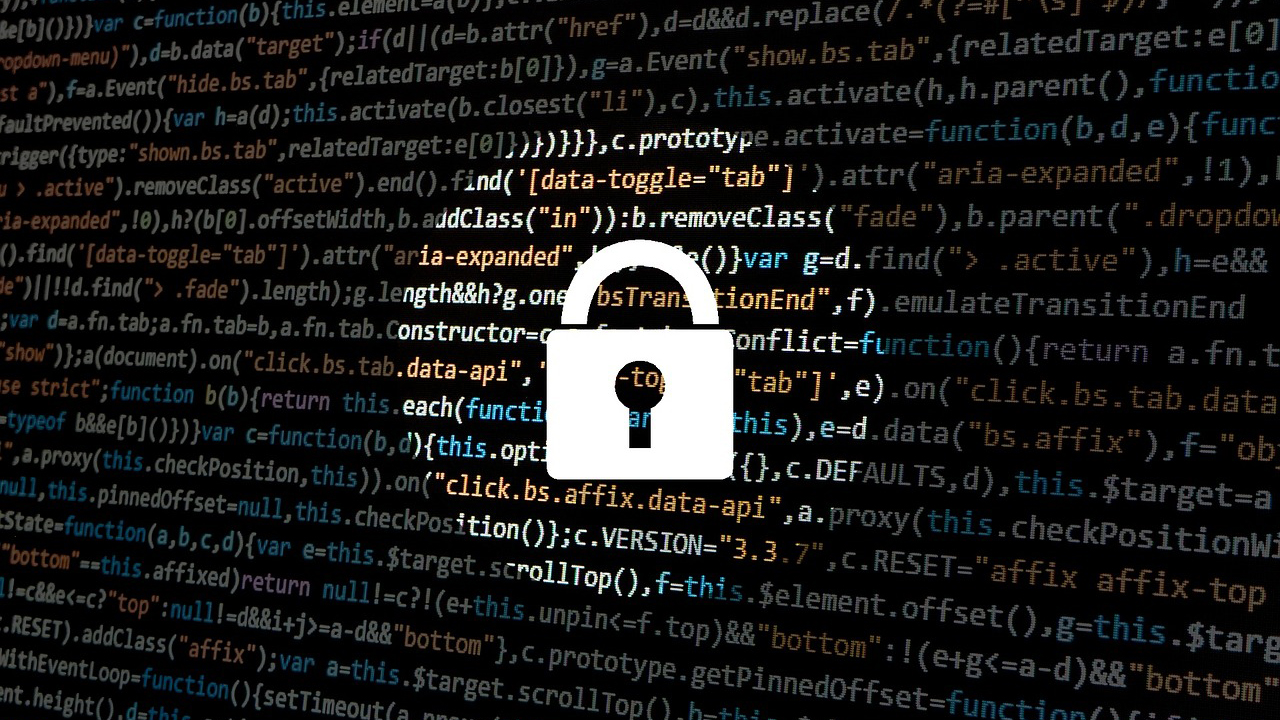Malicious Microsoft Office files are running rampant
As remote working grows, criminals increasingly opt for Office instead of PDF files to distribute malware.

Ever since the Covid-19 pandemic forced the majority of the world's workforce into a remote working environment, cybercriminals have been increasingly utilizing weaponized Microsoft Office files.
A new report from cybersecurity firm SonicWal claims it witnessed a 67% spike in the distribution of malicious Office files last year. The rising popularity of Office as means of malware distribution seems to have come at the expense of PDF files, whose use in malicious purposes dropped by almost a quarter (22%) in the same timeframe.
Many of the malware variants that are being distributed this way are brand new, SonicWall further claims. Its analysis of the threat landscape unveiled a 74% increase in the detection of entirely new malware variants, year-on-year. Last year, a total of 268,362 never-before-seen malware were identified, the report said.
- Here's our list of the best antivirus services on the market
- These are the best free PDF reader services around
- We've built a list of the best ransomware protection software available
IoT under attack
As a result of employees taking work equipment home, cybercriminals also amped up their efforts against IoT devices. SonicWall claims to have recorded a 66% increase in attacks against IoT devices, bringing the total number up to 56.9 million for the year.
Cryptojacking, a process of “hijacking” a device and using it to mine cryptocurrency, is also back on the radar, as Bitcoin and the gang reach new all-time-highs.
Ransomware also seems unstoppable at the moment, growing by 62% globally. Ryuk, a relatively unknown name in the ransomware world at the beginning of the year, quickly rose to fame, becoming the go-to ransomware variant for most criminals. Today, SonicWall claims, more than 109 million cases were recorded, worldwide.
Of all the various companies and industries cybercriminals target with ransomware, retail has had it worst, the report further claims, adding that healthcare and government sectors were the second and third biggest targets for the year.
Are you a pro? Subscribe to our newsletter
Sign up to the TechRadar Pro newsletter to get all the top news, opinion, features and guidance your business needs to succeed!
“2020 offered a perfect storm for cybercriminals and a critical tipping point for the cyber arms race,” said SonicWall President and CEO Bill Conner.
“The pandemic — along with remote work, a charged political climate, record prices of cryptocurrency, and threat actors weaponizing cloud storage and tools — drove the effectiveness and volume of cyberattacks to new highs. This latest threat intelligence offers a look at how cybercriminals shifted and refined their tactics, painting a picture of what they are doing amid the uncertain future that lies ahead.”
- We've compiled a list of the best endpoint protection software
Sead is a seasoned freelance journalist based in Sarajevo, Bosnia and Herzegovina. He writes about IT (cloud, IoT, 5G, VPN) and cybersecurity (ransomware, data breaches, laws and regulations). In his career, spanning more than a decade, he’s written for numerous media outlets, including Al Jazeera Balkans. He’s also held several modules on content writing for Represent Communications.